Granite Thickness Explained: Why 3cm Is the Gold Standard
When you’re investing in new countertops, the details matter—and thickness is one of those details that can have a big impact on the beauty, durability, and performance of your surface.
At Greenlee, we’ve been working with granite for 27 years. We’ve cut it, installed it, repaired it, and replaced it. And over the years, we’ve learned what works best for our customers. That’s why we’ve made 3cm granite our standard. It’s not just a preference—it’s the product we believe in.
Let’s talk about why 3cm is the gold standard and what it means for your home.
First Things First: What Is 3cm Granite?
Granite slabs typically come in two thicknesses: 2cm and 3cm. That may not sound like a big difference, but in the countertop world, it’s huge.
- 3cm granite is about 1 ¼ inches thick.
- 2cm granite is closer to ¾ of an inch—sometimes slightly more.
At first glance, a thinner slab might seem just fine. But once you get into the details—how it’s installed, how it performs, how it looks—the benefits of 3cm become obvious.
Why We Recommend 3cm for Every Job
When you choose 3cm granite, you’re not just getting a thicker slab. You’re getting a countertop that’s stronger, cleaner-looking, and more cost-effective over time. Here's why:
- No lamination required
2cm slabs almost always require a laminated edge to make the countertop appear thicker. This adds time, cost, and an extra seam that’s nearly always visible. With 3cm, what you see is what you get—no need to fake the look. - No plywood subtop
A 2cm slab typically needs a layer of plywood underneath for structural support. 3cm granite? Strong enough to stand on its own. That means a cleaner install and a more durable surface. - Fewer breakage issues
Natural stone, like granite, behaves a lot like concrete—it’s not a question of if it might crack, but when. Thicker material means more strength, more resilience, and fewer repairs. - Better long-term value
The extra thickness adds longevity. Your countertops are less likely to chip or fail, which means less maintenance—and more peace of mind.
The Problem with 2cm: Hidden Costs and Visible Seams
We’ve seen a lot of 2cm installations over the years, and we’ve repaired a fair share of them too. One of the biggest concerns we hear from homeowners is about the visible lamination seam on the edge. It’s that thin line where two pieces are bonded together to create the illusion of thickness.
And the truth is—it’s hard to hide. Even with a perfect polish, that seam almost always shows up, especially in lighter-colored granite.
There’s also the hidden labor costs. Laminating a 2cm edge takes time and precision. That gets passed on to you, the homeowner. And if the stone chips or cracks? That repair isn’t just cosmetic—it can delay your whole project.
Why Greenlee Uses 3cm Granite
We’ve made the switch to 3cm across the board because we believe it’s the best product for the people we serve. It looks better, it lasts longer, and it saves time and stress during installation. When we’re fabricating your countertop, we want to do it right the first time—and 3cm helps us do just that.
We don’t want to cut corners (literally or figuratively). Our goal is to create something that not only looks beautiful but holds up for decades. If it’s going in your home, it should feel solid, seamless, and built to last.
Final Thoughts from a Rock Hound
I’ve been around a lot of stone, and I fall for every pretty rock I see—but experience has taught me to look beyond the surface. When it comes to granite countertops, thickness tells you a lot about quality.
So if you're planning a remodel, bring your sketch and come see us. We’ll show you why 3cm is the real deal—and help you find a piece that makes you feel good every time you walk into your kitchen.
Designing Surfaces For Your Life
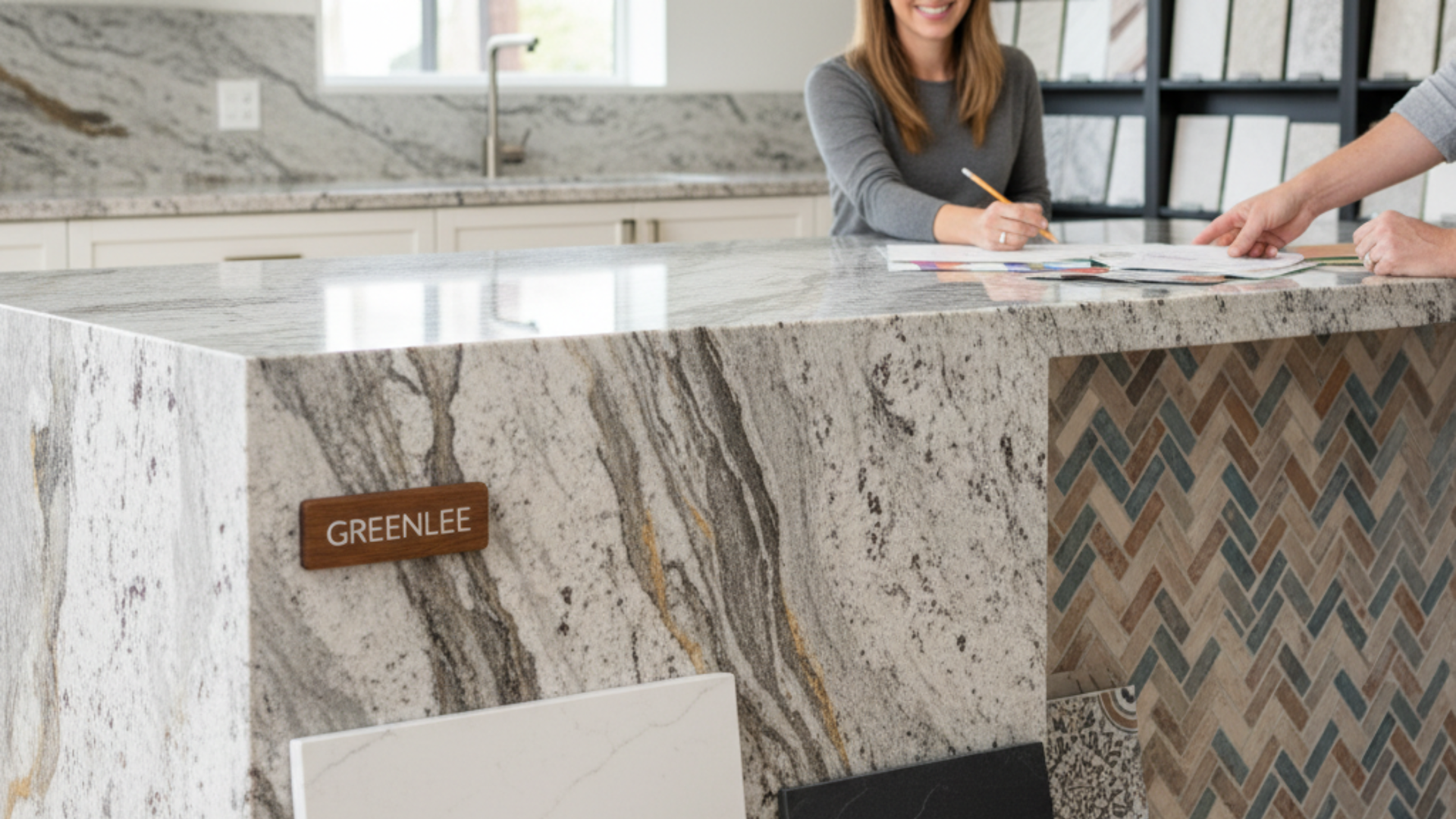
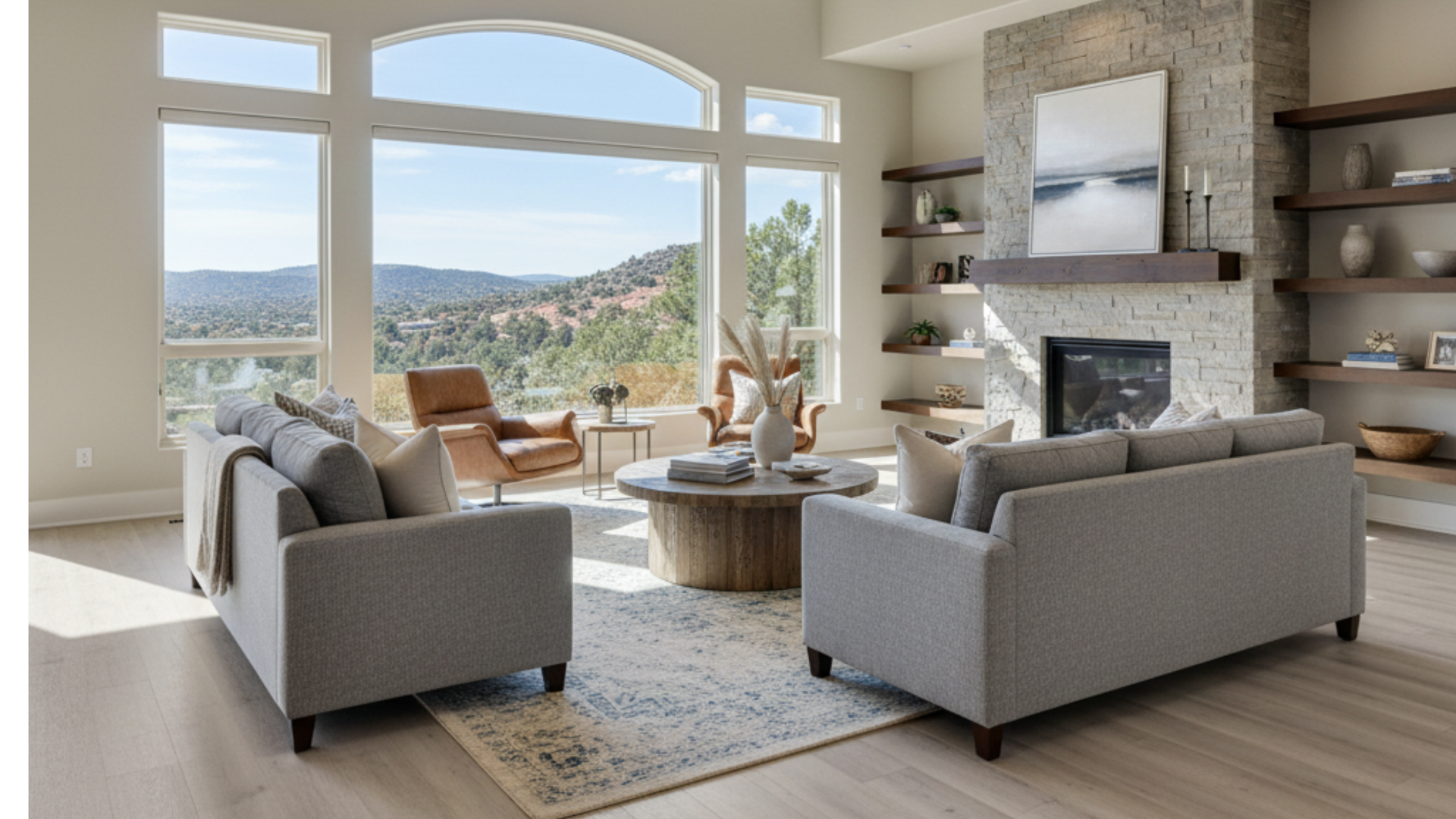
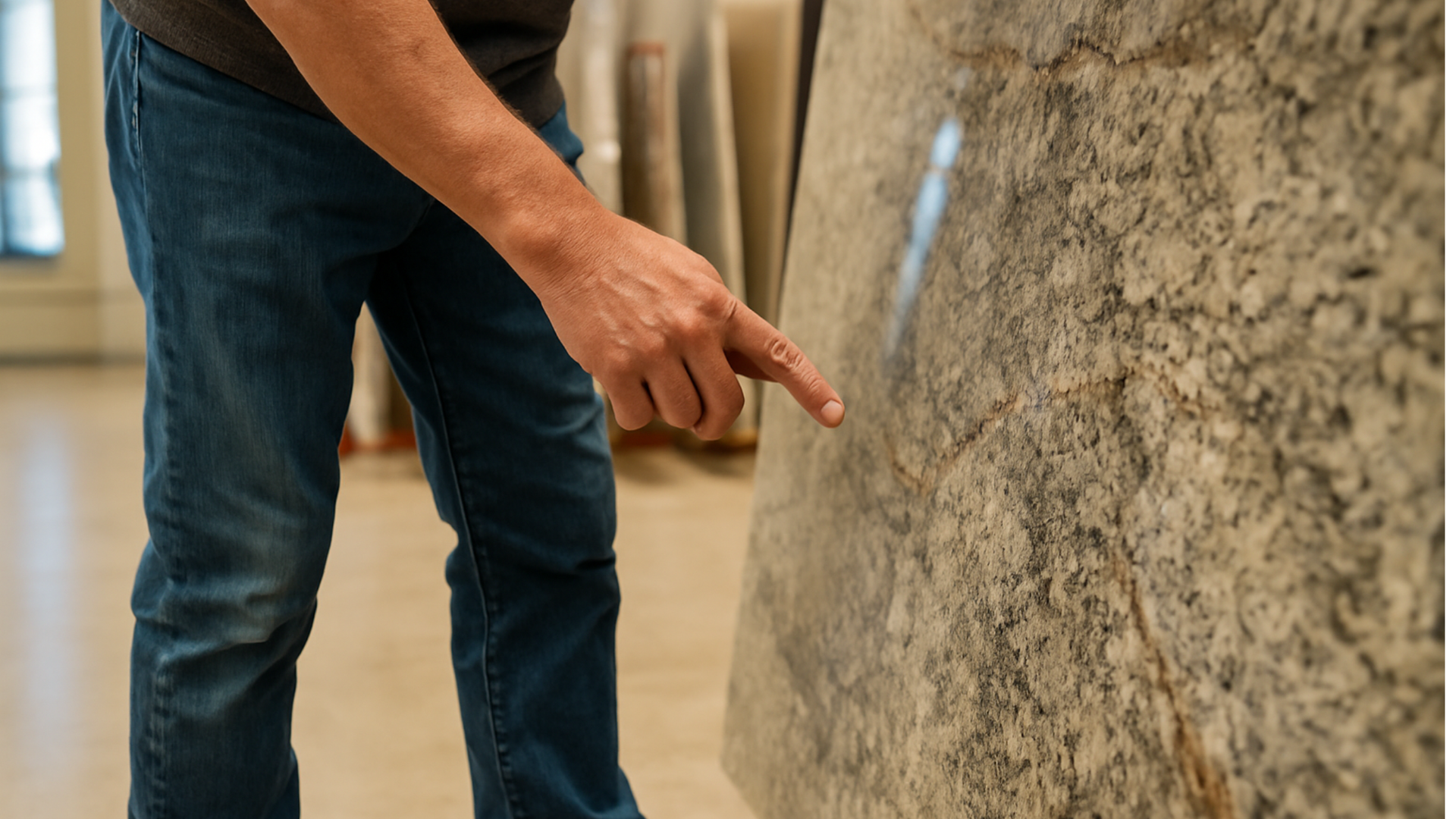
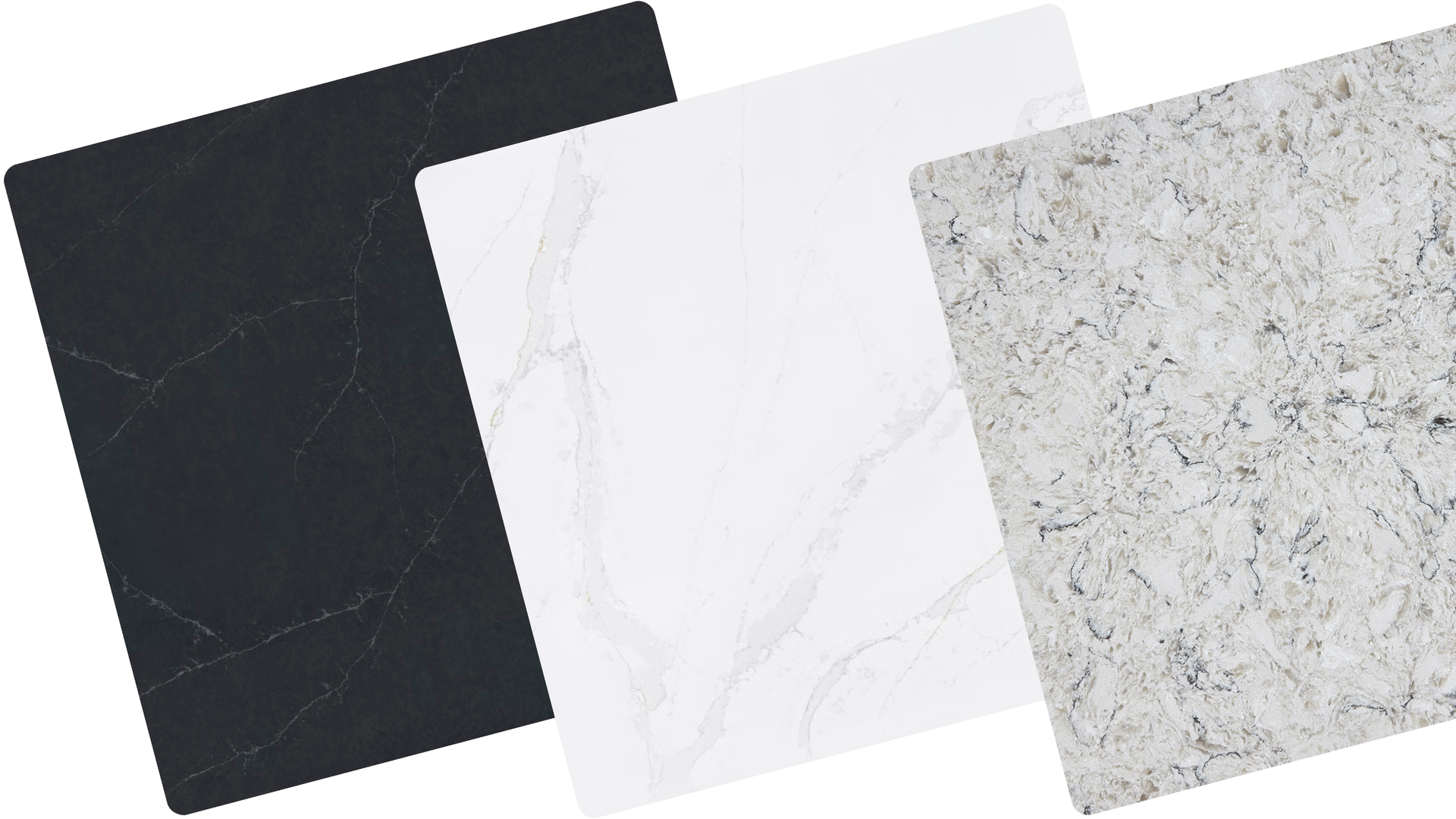
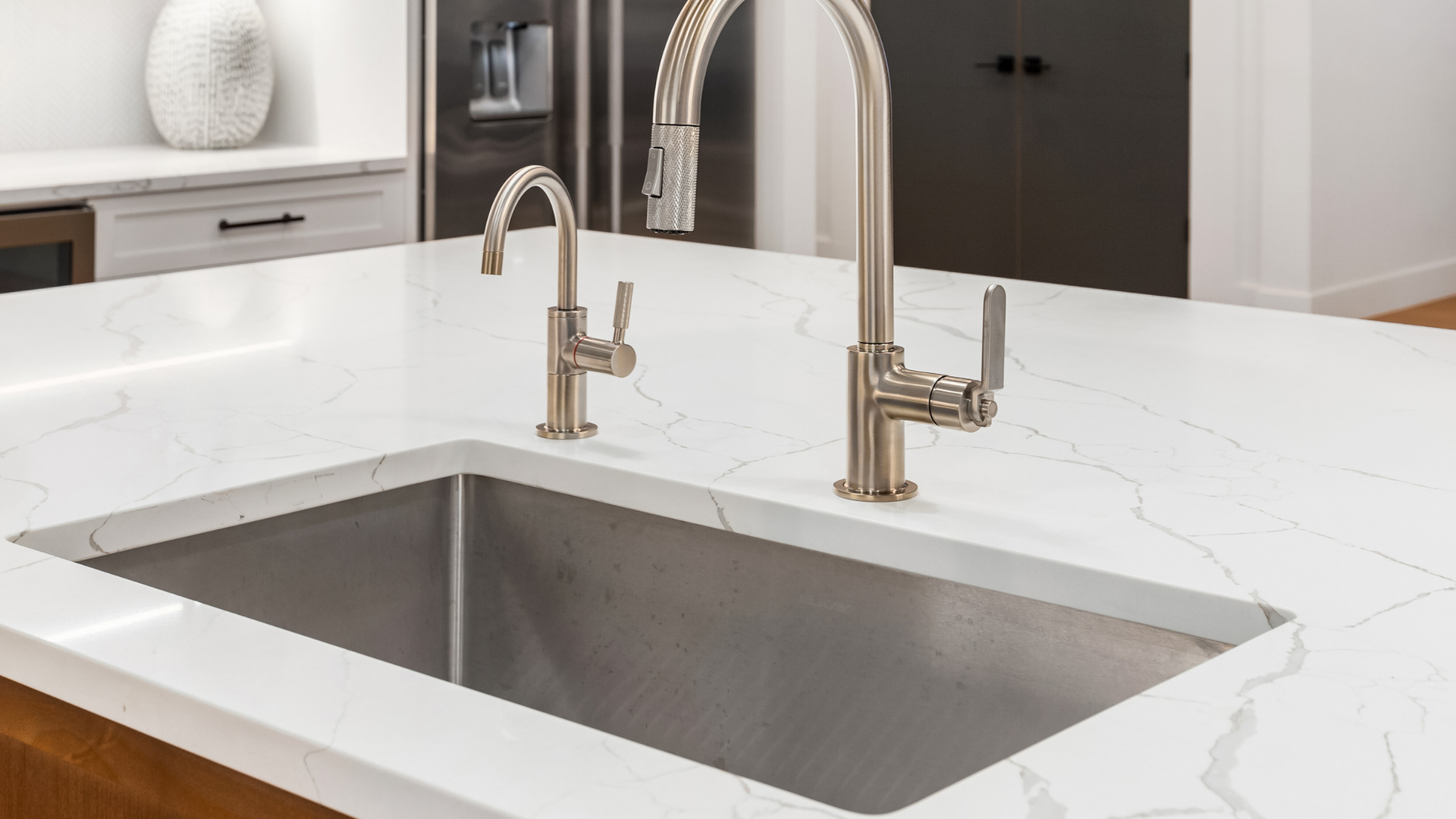
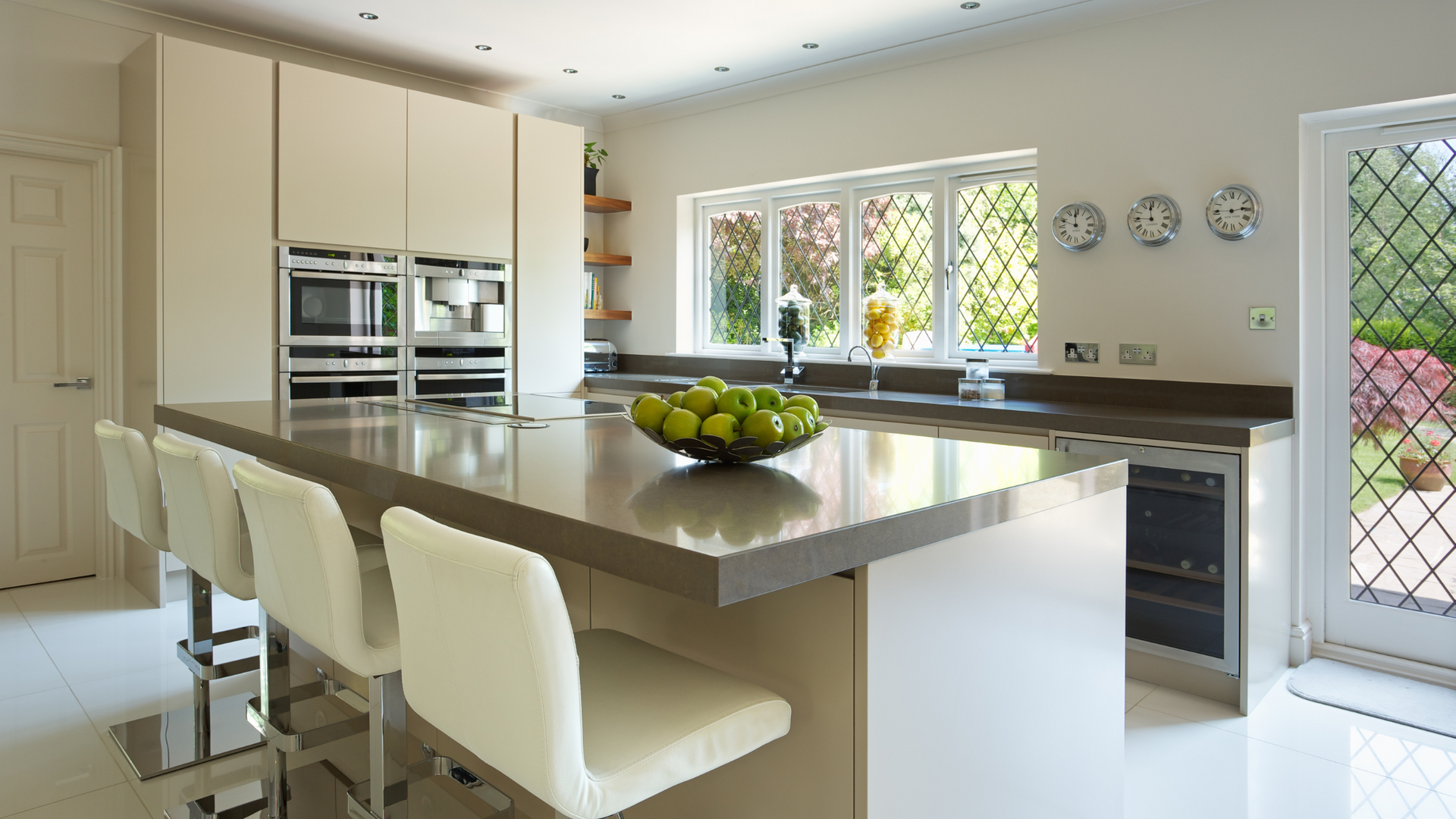
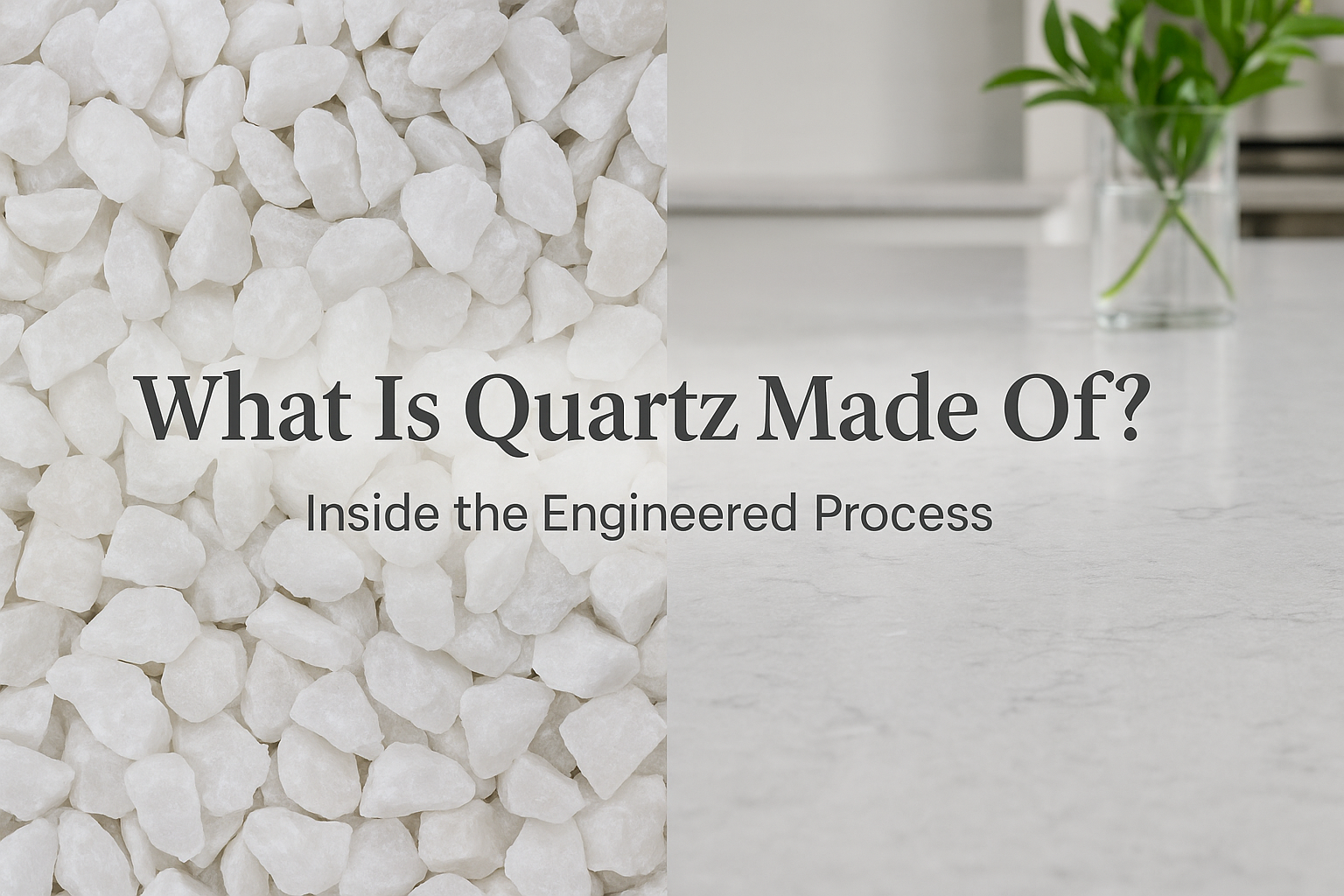
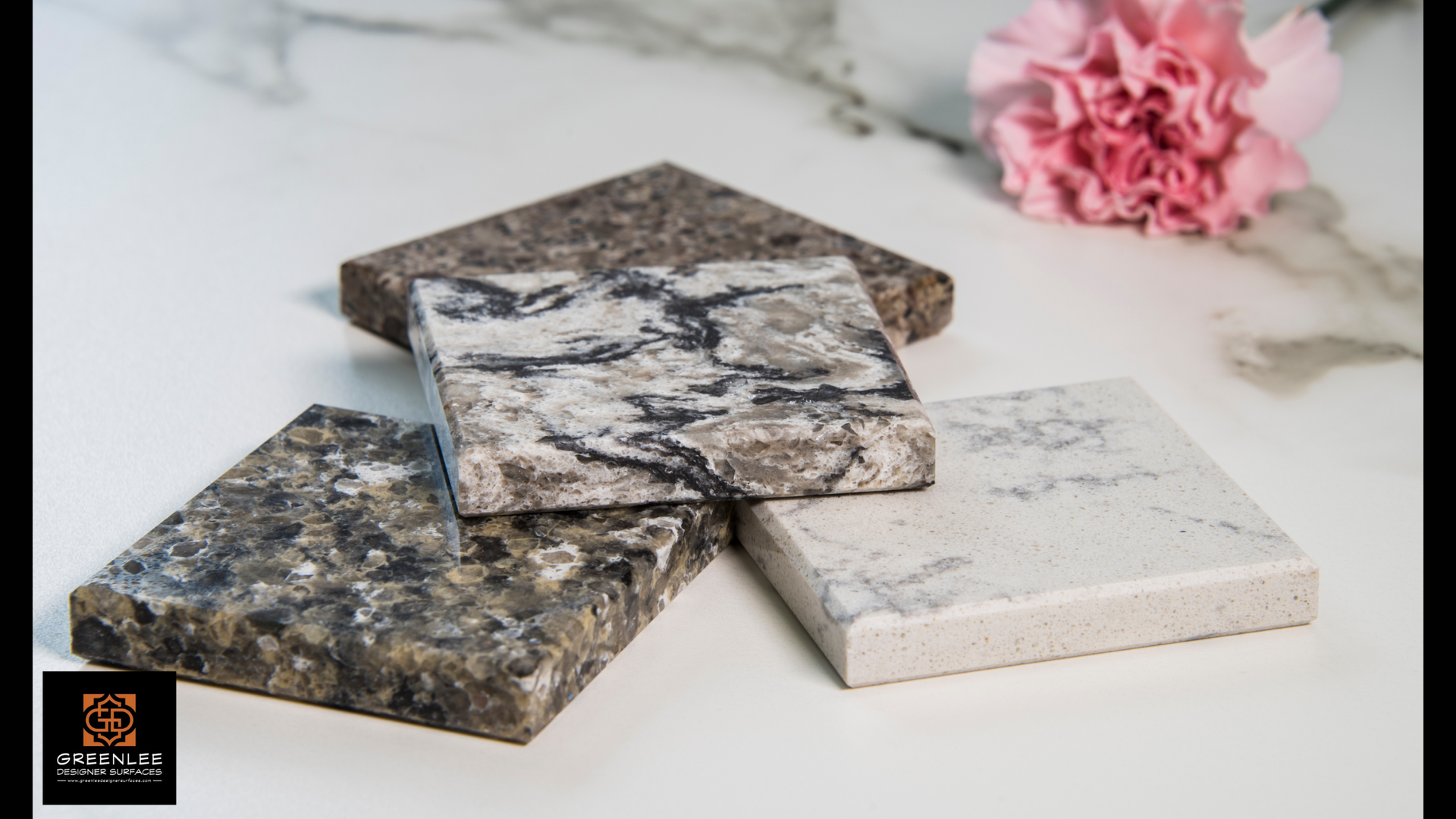

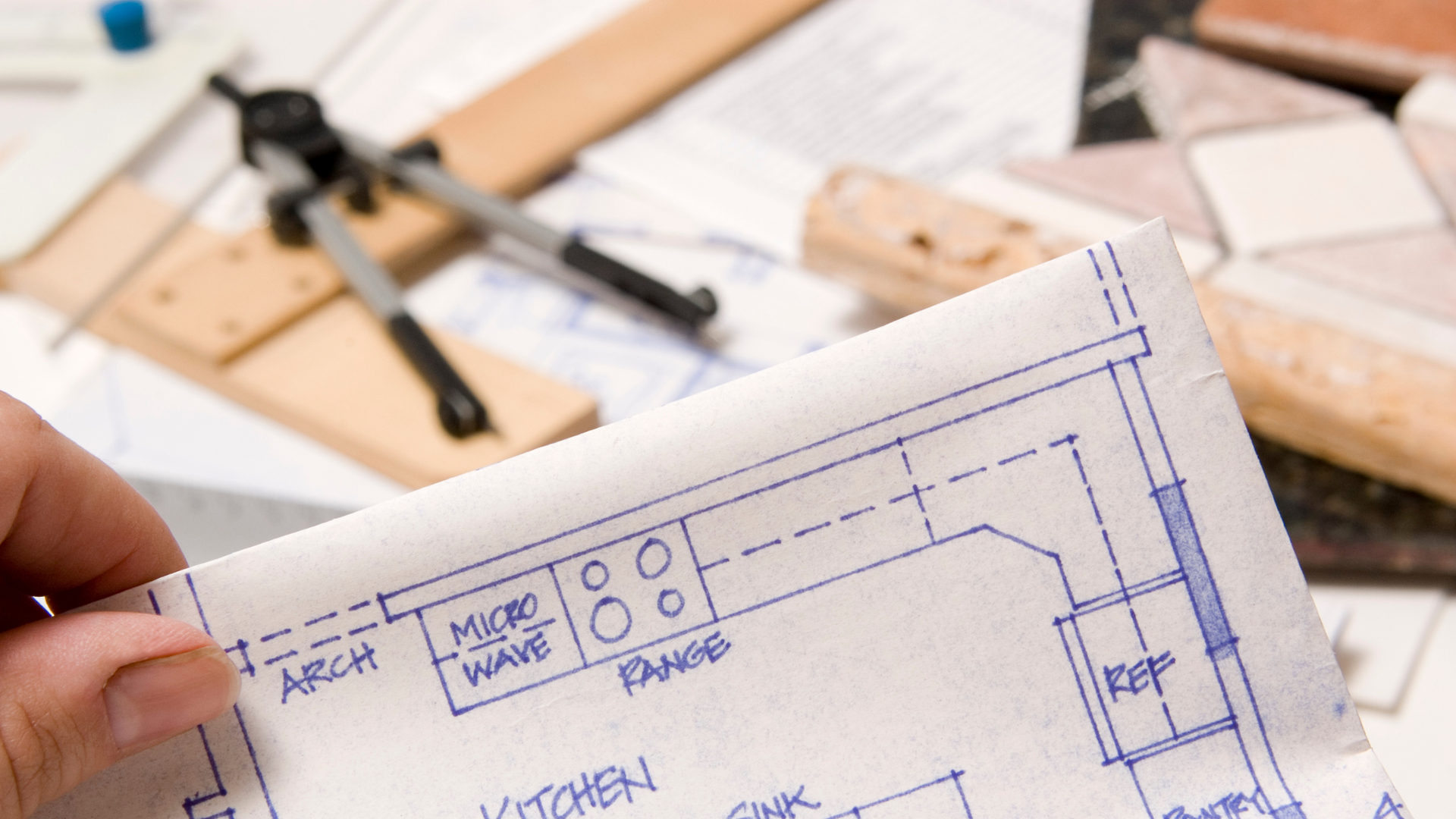

Share On: